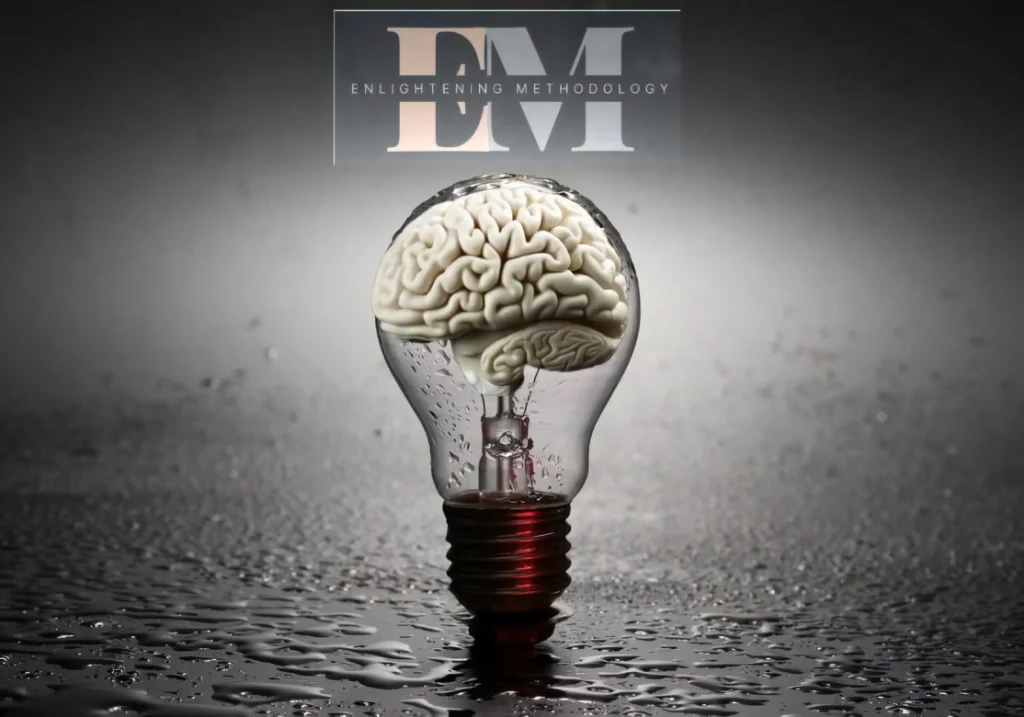Artificial Intelligence (AI) is becoming more common in healthcare across the United States. It helps improve how accurately doctors can diagnose patients. Hospitals and healthcare systems are using AI to help staff make quicker and more precise diagnoses. AI also helps reduce some of the paperwork and tasks that slow down medical teams. But, there are limits to AI and responsibilities that healthcare leaders and IT staff need to understand before using AI fully in clinical care.
This article explains how AI affects diagnostic accuracy, the benefits and challenges it brings, and the duties healthcare workers have when using these tools. It also looks at how AI helps automate work in clinics and offices to make healthcare run more smoothly.
AI Benefits for Medical Diagnostics
AI has helped improve the way medical images like X-rays, MRIs, and CT scans are analyzed. A recent study by Mohamed Khalifa and Mona Albadawy shows AI can find small problems that doctors might miss, especially when they are tired or very busy. This helps lower mistakes and allows patients to get the right diagnosis faster.
- Better Image Analysis: AI uses deep learning to carefully check medical images. It finds early signs of diseases like cancer or heart problems by seeing patterns humans might not notice.
- Faster Operations: AI speeds up the process by handling some tasks automatically. This helps doctors and radiologists work faster, leading to quicker treatments and better patient flow.
- Personalized Healthcare: AI looks at large amounts of patient data and environmental info. This helps find diseases early and supports making treatment plans tailored to each patient’s needs.
- Clinical Decision Support: AI combines patient data, including images and electronic health records (EHRs). This helps doctors make better decisions based on more complete information.
David Marc, PhD, notes that AI also cuts down on repetitive paperwork. This lets healthcare workers spend more time caring for patients and handling complex cases.
Limitations and Risks of AI in Diagnostics
Even though AI has many benefits, it also has some limits and risks. These need careful handling to keep patients safe and maintain good clinical standards.
Risk of Biased Algorithms
AI learns from huge amounts of data. But if that data is biased or missing important information, the AI might treat some groups unfairly. For example, if the data doesn’t include enough people from certain ethnic groups, the AI may not give good results for them.
Healthcare leaders should check the quality and source of data AI vendors use. They need to make sure vendors explain how they reduce bias in their tools.
Risk of Misdiagnosis and Errors
Relying too much on AI without human checks can cause mistakes like wrong diagnoses or bad treatment advice. Crystal Clack, MS, says that doctors must review AI results carefully to avoid harmful errors. AI should help, not replace, clinical judgment.
AI tools also need regular testing and updates to stay accurate. Changes in health guidelines or patient populations can make AI less reliable over time. Health organizations should set rules to check AI performance often.
Data Privacy and Security Issues
AI in healthcare uses large amounts of sensitive patient data. It is very important to follow rules like HIPAA and have strong cybersecurity. IT managers must make sure AI vendors use strong encryption and protect data before, during, and after using AI tools.
Healthcare groups should also clearly decide who is responsible for protecting data to avoid breaches or unauthorized access.
Costs and Integration Challenges
Using AI can cost a lot in hardware, software, and training staff. It can also be difficult to connect AI tools smoothly with existing electronic health records and workflows. Robert, PhD, recommends adding AI step-by-step rather than all at once. This helps avoid disruptions in daily operations.
Healthcare Professionals’ Responsibilities Using AI
- Keep Human Oversight: AI should help support doctors’ decisions, not replace them. Clinicians must watch for any odd or wrong AI results.
- Check AI Vendors Carefully: Nancy Robert says that choosing vendors should include reviewing how well they maintain and update AI tools.
- Follow Privacy and Security Rules: Data safety must be monitored continuously to stay compliant with laws like HIPAA.
- Provide Training: Staff need to understand AI’s uses and limits. Training helps workers use AI safely and effectively.
- Monitor AI Performance: AI must be reviewed regularly to catch errors or decline in accuracy. Updates or vendor help may be needed.
How AI Improves Workflow Automation in Healthcare
AI does more than just improve diagnoses. It also helps automate tasks in offices and clinics, making things run better and faster.
Scheduling and Patient Communication
AI answering systems can handle phone calls for booking appointments or answering basic questions. This allows front-office staff to focus on more complex tasks, lowering wait times and making patients happier.
Billing and Documentation Automation
AI-supported robots help with billing by coding procedures correctly and checking insurance details. This reduces mistakes and speeds up payment processes.
Managing Data and Integrating with Records
AI helps organize large amounts of patient data by picking out important info and spotting issues. It also connects easily with electronic health records, reducing repeated data entry for staff.
Predicting Resource Needs
By studying past data and current workloads, AI can predict how many patients will need care. This helps schedule staff better and prevents bottlenecks.
IT managers work with AI vendors to make sure new tools fit current systems securely. They also plan realistic timelines for setting up AI and training users.
Special Points for U.S. Medical Practices
Healthcare in the United States is complex because of rules and diverse patient groups. Medical leaders must pick AI vendors who follow laws like HIPAA. HITRUST’s AI Assurance Program is one way to check AI security and safety for healthcare.
Patients and staff should know when AI helps with care. This builds trust and sets the right expectations.
AI costs can be hard for small clinics to afford. Using AI little by little helps these clinics improve without breaking their budget or causing big changes all at once.
Final Notes on Using AI in Healthcare
AI can help improve diagnosis and efficiency in U.S. healthcare. But it must be used carefully with human checks and clear policies. Healthcare providers, IT staff, and AI vendors need to work together. How well AI fits into daily care will affect patient health positively or negatively.
Understanding both the good parts and the problems with AI helps healthcare leaders make smart choices. Patient safety, data protection, and smooth operations must always come first.
Frequently Asked Questions
Will the AI tool result in improved data analysis and insights?
Some AI systems can rapidly analyze large datasets, yielding valuable insights into patient outcomes and treatment effectiveness, thus supporting evidence-based decision-making.
Can the AI software help with diagnosis?
Certain machine learning algorithms assist healthcare professionals in achieving more accurate diagnoses by analyzing medical images, lab results, and patient histories.
Will the system support personalized medicine?
AI can create tailored treatment plans based on individual patient characteristics, genetics, and health history, leading to more effective healthcare interventions.
Will use of the product raise privacy and cybersecurity issues?
AI involves handling substantial health data; hence, it is vital to assess the encryption and authentication measures in place to protect sensitive information.
Are algorithms biased?
AI tools may perpetuate biases if trained on biased datasets. It’s critical to understand the origins and types of data AI tools utilize to mitigate these risks.
Is there a potential for misdiagnosis and errors?
Overreliance on AI can lead to errors if algorithms are not properly validated and continuously monitored, risking misdiagnoses or inappropriate treatments.
What maintenance steps are being put in place?
Understanding the long-term maintenance strategy for data access and tool functionality is essential, ensuring ongoing effectiveness post-implementation.
How easily can the AI solution integrate with existing health information systems?
The integration process should be smooth and compatibility with current workflows needs assurance, as challenges during integration can hinder effectiveness.
What security measures are in place to protect patient data during and after the implementation phase?
Robust security protocols should be established to safeguard patient data, addressing potential vulnerabilities during and following the implementation.
What measures are in place to ensure the quality and accuracy of data used by the AI solution?
Establishing protocols for data validation and monitoring performance will ensure that the AI system maintains data quality and accuracy throughout its use.
The post The Impact of AI on Diagnostic Accuracy: Benefits, Limitations, and Responsibilities for Healthcare Professionals first appeared on Simbo AI – Blogs.






